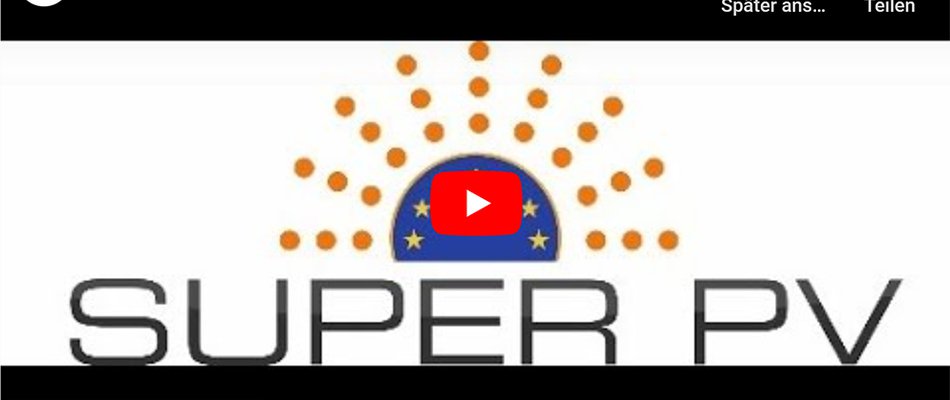We invite you to learn more about our project innovations, results and demo sites by watching SUPERPV video here.
Today photovoltaics (PV) has become one of the most cost-effective forms of electricity production globally and in some regions is the most competitive unsubsidised form of electricity. Despite developments, European PV manufacturers are facing a decline in production due to competition from third countries. The fragmentation of the value chain is a major factor in the decrease in competitiveness. The European-funded project SUPERPV aims to develop an innovative PV system cost reduction and therefore a significant LCOE reduction (26%-37%) by adopting a hybrid approach combining technological innovations and data management methods along the value chain. This will create conditions for accelerating large scale deployment in Europe and help EU PV business to regain leadership on world market. SUPER PV targets a considerable LCOE reduction for PV European production by tackling in an integral way three cornerstone steps:
a) PV Module innovation level:
Introducing and combining five PV module innovations applied to c-Si based bifacial modules and CIGS modules (i) A combination of anti-Soiling, anti-reflection, and infrared (IR) reflection coating based on nanoparticles, which aims to increase the annual yield of the PV modules; (ii) White reflector applied to the module’s rear glass within the cell gaps, which improves the light harvesting for the bifacial PV modules. (iii) Implementation of in-laminate bypass diodes, which allow omitting the junction box and requiring fewer materials for the module production; (iv) Application of Aluminium oxide gas barrier coatings deposited by spatial atomic layer deposition (SALD); (v) Demonstration of a laboratory-recycling tool for all considered module types (c-Si and CIGS) to evaluate the possibility to recycle and re-use the module materials.
b) Power electronics innovation level
Ensuring higher power output, performance monitoring and data collection on string level, and long-term stability of operation
c) System integration level
Developing a new digital and holistic process: PIM (PV information Modelling / Management) The main objective is to adopt digital software and hardware tools ensuring integrated information flow through the PV value chain, reducing costs related to the PV projects implementation and operation The SUPERPV project is also responsible for technologies and materials, innovating and promoting recycling, integrating aspects of the circular economy. Committed to increase PV development, SUPER PV project intends to keep the demo sites available once the project is finished, in order to continue research and innovations.

